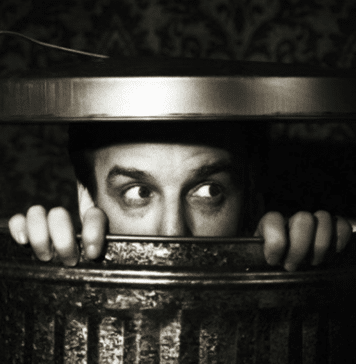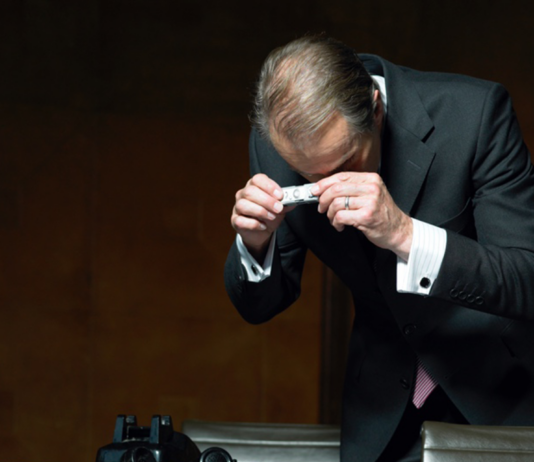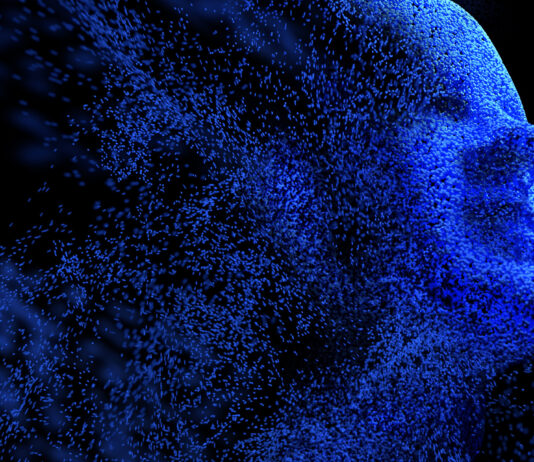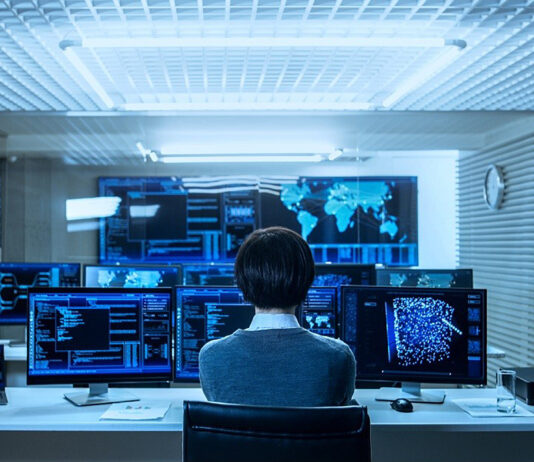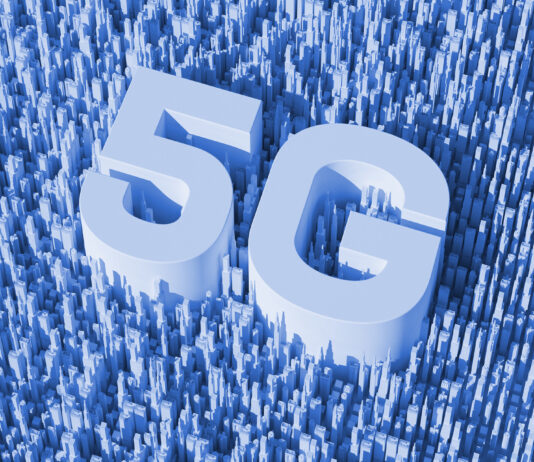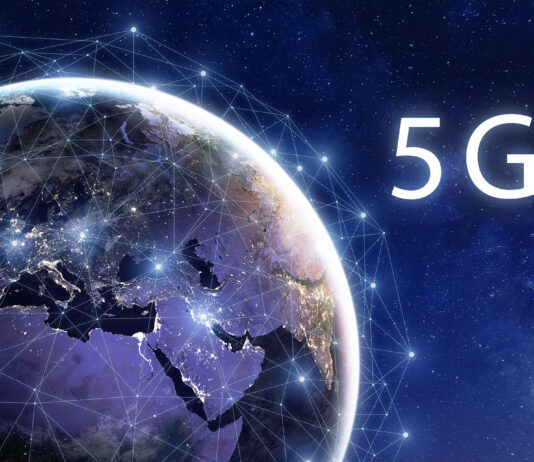A term first coined by the Japanese government, “Society 5.0” describes "A human-centered society that balances economic advancement with the resolution of social problems by a system that highly integrates cyberspace and physical space." The fifth evolution of the society, enabled by the fifth generation of cellular networking and cyber-physical systems, imagines technology, things and humans converging to address some of the biggest societal challenges. The concept encompasses Industry 4.0, Fourth Industrial Revolution, Smart-Everything World and other buzzwords of the moment.
In the society of the future the more the cyber and physical worlds are combined, the greater the benefits...
We have to ask ourselves; at what point does an unexpected outcome via expert prediction justify a prison sentence?
Minutes after I delivered cyber risk assessment results to my Italian client, I heard the news – six Italian scientists and a government official have been sentenced to six years in prison over statements they made prior to a 2009 earthquake that killed 309 in the town of L’Aquila in Italy.
The offense? Manslaughter.
This group was comprised of well-respected members of the National Commission for the Forecast and Prevention of Major Risks which apparently the public had deemed as being able to...
There is a new danger lurking in the information assets of countless organizations around the globe disguised by a plan devised to protect a large portion of those assets while failing miserably to protect the rest.
Zero tolerance approach to cyber security is untenable
Traditional approach to cyber security was for a board / management to declare that they have “zero tolerance” for cyber breaches, and for the first line to erect barriers and try to control access to any outsiders.
That approach is untenable today. Cyber criminals demonstrated that our perimeter protections are not sufficient. Customer voted for ease for access...
Not even 30 years separate us from the end of the Cold War. Yet, we appear to be witnessing the emergence of a new one, a technology Cold War between the United States and China. This time, instead of a ‘red under the bed’, the US government has declared there is one at the back door. It accuses Chinese technology companies of deliberately building vulnerabilities into their tech, allowing the Chinese to access and control the 5G critical infrastructure, and through it the connected devices and machinery at will.
Headlines are dominated by the case against Huawei, and debate continues...
Information security and IT security are often used interchangeably. Even among InfoSec professionals. The terms are interrelated and often share the common goals of protecting the confidentiality, integrity and availability of information, however; there are significant differences between them.
IT security is only concerned with the systems that store, process, transfer and make available electronic data.
Information security goes far beyond that. It encompasses classification of information across an organization, information security policies and procedures, physical security aspects, legal protections, HR, awareness, and retention of information, regardless of information format. Even when the information is on paper or in employees’ heads.
Examples...
In 1956, at a workshop on the campus of Dartmouth College, in Hanover, New Hampshire, the field of artificial intelligence (AI) was born. Attendants were buoyant. MIT cognitive scientist Marvin Minsky was quoted as saying, "Within a generation the problem of creating 'artificial intelligence' will substantially be solved."
This prediction turned out to be over zealous, but Minsky and his colleagues believed it wholeheartedly. What, then, is different today? What makes the current dialogue about AI more relevant and believable? How do we know that this is not another case of humans over estimating the development of technology?
For one thing,...
“Cyber war” is a term that is in recent days used so liberally that people may often wonder if these words are as menacing as they sound or used only as a tool to incite fear as a way to control a society that increasingly depends on technology.
How we prepare and respond to cyber attacks depends on whether we believe we are in cyber war. It influences how we estimate the risks, potential impacts, or insurance premiums. Preparation for and response to cyber war implies government involvement and that might mean handing over the control of our networks to...
Cybersecurity strategies need to change in order to address the new issues that Machine Learning (ML) and Artificial Intelligence (AI) bring into the equation. Although those issues have not yet reached crisis stage, signs are clear that they will need to be addressed – and soon – if cyberattackers are to be prevented from obtaining a decided advantage in the continuing arms race between hackers and those who keep organizations’ systems secure.
ML and AI can magnify existing vulnerabilities and open the door to new attack strategies. At the same time, though, they offer new tools to help organizations secure...
Neil Harbisson calls himself a cyborg. Without the antenna implanted in his skull, he would not be able to see colour of any kind. Born with achromatopsia, a condition of total colourblindness that affects 1 in every 30 000 people, Harbisson's physical faculties are augmented by cyber technology to grant him access to a life of greater meaning and satisfaction.
As technological evolution leads to concomitant advances in medical science, we are seeing more and more examples of humans who are integrating devices and sensors into their biological makeup. For some, like those part of the growing "transhumanist" movement, this...
The timeline of human history is marked by inflection points of major technological advancement. The plow, the printing press, the telegraph, the steam engine, electricity, the telephone, the internet: each of these breakthroughs precipitated tectonic shifts in how people lived and worked. Now, in the early part of the 21st century, we stand witness to the birth of a new industrial revolution built on 5th generation cellular technology - 5G network.
As the name implies, 5G network follows a developmental chain. First came 1G, the first generation of cellular communication that freed us to make voice calls without being tethered...
Zigbee technology introduction
Zigbee is wireless PAN (Personal Area Network) technology developed to support automation, machine-to-machine communication, remote control and monitoring of IoT devices. It evolved from IEEE 802.15.4 wireless standard and supported by the ZigBee Alliance.
IEEE 802.15.4 standard determines specifications for the physical and data link layer and Zigbee Alliance provides standards from network layer to application layer. While Zigbee determines the contents of the transmitted message, the 802.15.4 standard provides details about the robust radio communication and medium access control.
The Zigbee Alliance, as a non-profit association, develops open global Zigbee standard for use in the Internet of Things...
When microwave ovens first arrived on the market in 1967 they were met with public skepticism. Perhaps it was because, not long before, the same technology now promising to safely cook consumers’ evening meals was the backbone of a military radar. Perhaps it was the $495 price tag (more than $3,700 in today’s money).
Whatever the reason, in the early 1970s the percentage of Americans owning a microwave was tiny. By 2011, it was 97%. What changed?
Trust and convenience.
When microwave technology was first released, it was difficult to trust. Cooking without using heat? It was simply too alien. In 1973,...
Bluetooth is short-range wireless communications technology based on the IEEE 802.15.1 protocol. It works in a crowded license free 2.4 GHz frequency band and shares this resource with many other technologies.
Bluetooth is the optimal solution for establishing small wireless networks called Piconets, by connecting two Bluetooth devices. One of these nodes is Master that can be connected via Bluetooth link to 7 other Bluetooth devices—Slave nodes in Personal Area Network (PAN). Typical data rates are 1-3 Mbps.
The newest versions of Bluetooth is known as Bluetooth Low Energy (BLE) or Bluetooth smart.
It is important to note that Bluetooth and BLE...
I get accused of focusing too much on 5G as the only future IoT connectivity option. I do write a lot about how 5G will revolutionize our society, become the most critical of critical infrastructures and about security threats with 5G. I see 5G, with its low latency, high bandwidth, network slicing and ubiquitous coverage becoming the foundational capability for mission critical industrial, agricultural, financial, medical, education, energy and transportation, even military and emergency services IoT communication needs.
That’s not to say that 5G is the only IoT connectivity option. There are plenty of others.
IoT applications have some common requirements...
The Wi-Fi represents wireless technology that includes the IEEE 802.11 family of standards (IEEE 802.11a, IEEE 802.11b, IEEE 802.11g, IEEE 802.11n, IEEE 802.11ac, etc.). Within 50m range, it operates in 2.4 GHz and 5GHz frequency bands,.
This technology was developed for wireless networking of computer devices and is commonly called WLAN (Wireless Local Area Network), where the communication is realized between wireless routers typically connected to the Internet and other wireless nodes within its range.
In correlation with performances of specific IEEE 802.11 standards, different data rates are enabled and their theoretical throughput is 11 Mbps (IEEE 802.11b), 54 Mbps (IEEE...



